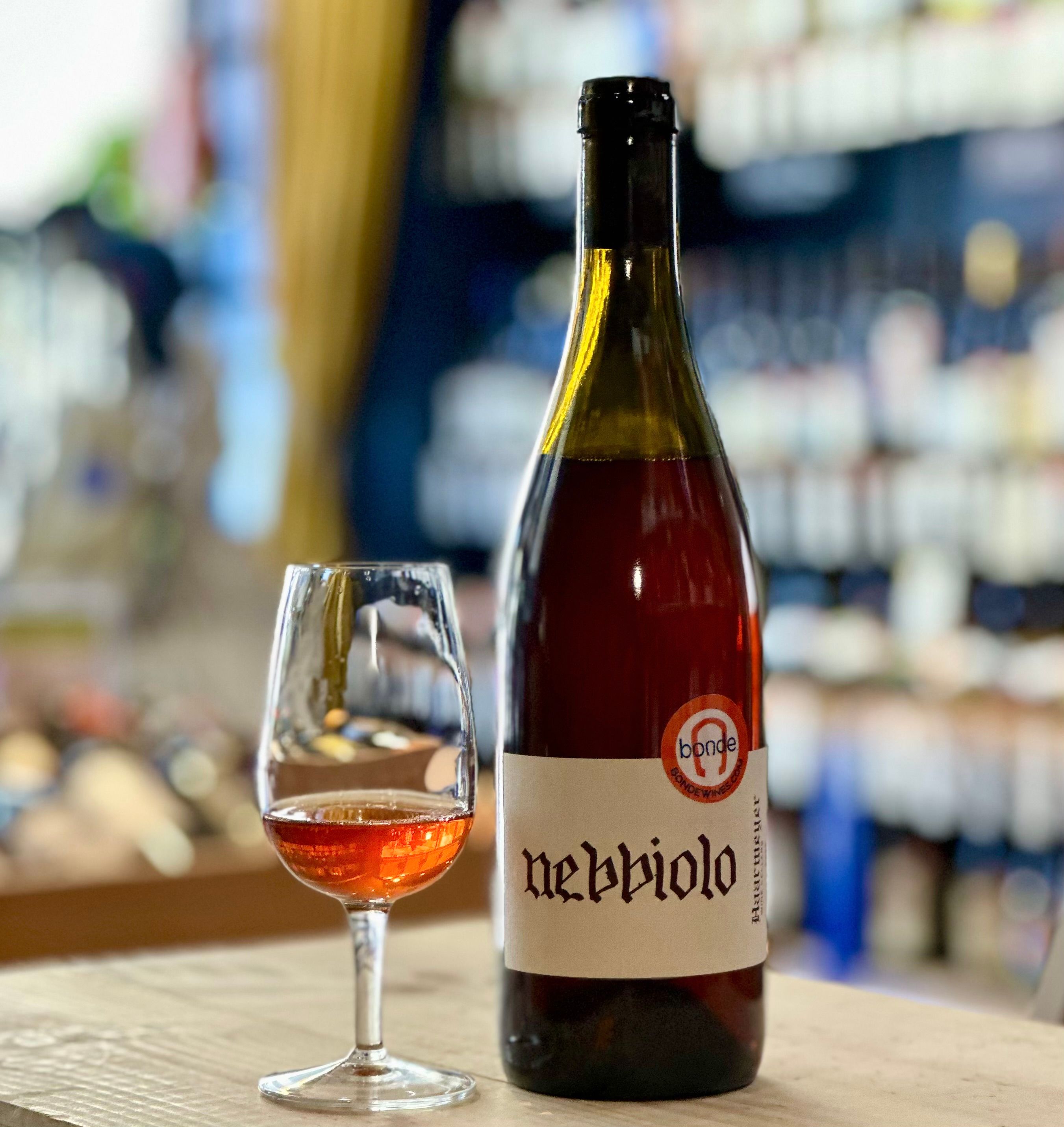REGULAR HOURS: TUESDAY-THURSDAY 12-6PM // FRIDAY & SATURDAY 12-8PM // SUNDAY 12-5PM // CLOSED MONDAYS
EXTENDED HOLIDAY HOURS: OPEN MONDAY // FRIDAY TO TUESDAY OPEN UNTIL 8p // NYE 11a- 5p // CLOSED 1/1 and 1/2
Although Nebbiolo is naturally associated with the Italian Piedmont region, specifically Barolo and Barbaresco, it is still, like all grape varieties, sensitive and reactive to the soils on which it is planted. In the west of Barolo, the soils are fresh and fertile, and fairly compact, limestone marls, which produce relatively fine, fruity, aromatic wines that are ready to drink young. In contrast, the eastern part of the appellation has soils with more sandstone and clay, which are less compact and less fertile. These poorer soils allow the production of powerful, intense, structured wines that age more slowly. Even though Barbaresco has soils that are almost similar to the eastern part of Barolo (with more deep sand), the warmer climate allows the grapes to mature faster and thus produce wines with more alcohol and ripeness.
But if this Nebbiolo was planted in the Sacramento River delta region near Clarksburg, east of San Pablo Bay on the northwest coast of California, could it remain Italian while on dense soils of clay, silt, and loam soils?

Haarmeyer Wine Cellars, Nebbiolo 2022
Heringer Estates Vineyards
Clarksburg, Sacramento Valley, CA
The Henringer family has a long history of organic farming in the Clarksburg area, and the Nebbiolo from their vineyard is one of the lightest and most varied that is produced in California that I know. The soils here are much richer than those of the delta, the weather is much warmer, and the vines are pruned in a way that is completely opposite to what is the tradition in Italy. The breeze and fog that originate from the Sacramento River Delta carry in cooler, more humid air from the Pacific Ocean than is in the rest of the valley, allowing for an ideal microclimate for the cultivation of noble grape varieties such as Nebbiolo. But this 2022 vintage is exceptional in its non-normativity, as Craig Haarmeyer has chosen to take advantage of an unconventional year.
2022, a year of decision
In 2022, Craig and the Heringer family were very fortunate to be able to harvest 2.5 tons of grapes (they usually harvest 5 tons per acre), given that the vast majority of the vines were damaged by two late season frost events. For this reason, there was quite a bit of a second harvest picked, which gave the wine a much more orange hue than the usual ruby red, and with a much lower PH and fructose (Brix) content. The grapes were not destemmed or crushed, but simply poured into an open-top fermentation tank which was then capped to let fermentation begin naturally. After complete fermentation of the sugars at about 0 Brix, the grapes were pressed into a neutral oval shaped cask of 600L, some into a 500L neutral oak barrels, and some into a stainless-steel tank. The wine stayed in their vessels until the beginning of the following year, when they were blended and bottled without fining or filtration. Even though this method is generally called "Carbonic Fermentation" we can't really refer to it in this case, because the grapes remained entirely in the vat until the sugars were completely fermented, and not just partially as is the convention.
This wine
It has a bright orange color reminiscent of ripe papaya, with old brick reflections. The legs are thin, not very fatty, and wide. This is because we are only at 11.9 degrees of alcohol, which is more than surprising in this hot climate of Central California. The nose, although discreet and reserved, does not hide its origins, with scents of a discreet bouquet of wilted roses, tar, dried fruits, four-spice berries, noble woods, blond tobacco, old cookery, white cedar, and wild currants. The palate, like all good Nebbiolo, is light but accentuated by present and expressive tannins, as well as a well-marked acidity with notes of dry wood, cork, cold tobacco smoke, bitter cherries, and dried and fresh herbs. Unlike its Italian cousin, this wine can be drunk now because it is similar in lightness and modernism to those of Carema, Langhe or Gattinara.
In your kitchen, it’ll go with fried chicken, pâté-style charcuterie with wild meats and prunes, and cured hams such as Utah Prosciutto Creminelli, or Colonel Bill Newsom's cooked aged Kentucky country ham. But this will also have an affinity with the meat-based cuisine of Laos or Cambodia. For vegetables, choose roasted lentils and root vegetables, and for me, a roasted calf's liver with sage and Dauphine potatoes, or a monkfish with red wine on a salsify purée.
And if Italian’s Nebbiolo are expensive, this one is more than reasonable at $34 at Bonde Fine Wine.
REGULAR HOURS: TUESDAY-THURSDAY 12-6PM // FRIDAY & SATURDAY 12-8PM // SUNDAY 12-5PM // CLOSED MONDAYS
EXTENDED HOLIDAY HOURS: OPEN MONDAY // FRIDAY TO TUESDAY OPEN UNTIL 8p // NYE 11a- 5p // CLOSED 1/1 and 1/2
